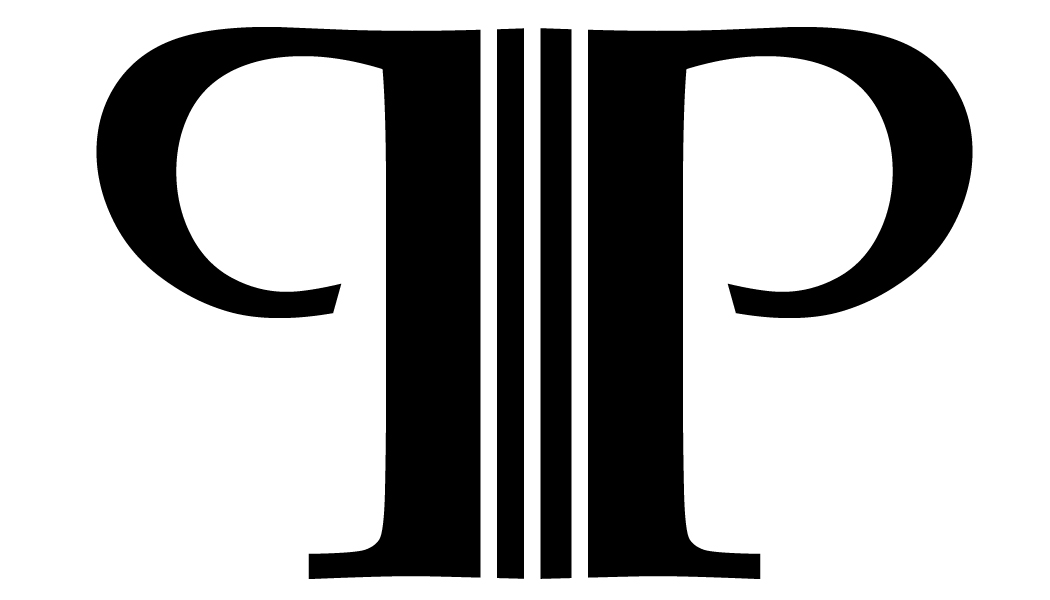Whenever I travel to Manhattan, I'm struck that, in spite of it's enormity, it is relatively easy to get around (I'm talking walking here). The avenues run up and down and the streets across. So, no matter how high I get, as long as I remember which way I am traveling, I can figure out how to get where I want to go.
In the studio there is often debate about what skill, of many, is most important in learning to play the cello. We talk about the importance of reading and the translation of that to the left hand- important. The bow, right hand, always ranks high in my book with its many subtle techniques and the color it provides to all playing-important again. But time after time we come to knowledge of the fingerboard- it gets the crown.
We begin using the position books once someone is shifting. The ability to shift your hand, with another finger, to another position on another string can't be undervalued. But, perhaps most valuable, is working on knowing your streets and avenues and which way they run.
One of my very favorite moments in teaching comes when I have given a student a piece that works quite a bit in the first four positions and it is new to them. We've discussed fingering but I've asked them to take the unfingered piece home and figure out where the editor is asking them to play given the fingering provided, and when that is not provided, decide where best to play to keep a quiet hand. They bring the piece back, it is carefully fingered with clear, big numbers. As they begin to play, there is an F sharp on the A string in fourth position that they have, correctly, fingered with their third finger. It is followed by a B, and each time they choose to slide their hand back to the B on the A string in first position and then zip back up the neck to the F sharp. When finished, and once they stop panting from the effort, I ask where else might they choose to play that B? If the answer doesn't come easily I'll have them name the notes in fourth position on each string- getting extra teaching bang for the buck. When they get to the D string they begin “A, B-flat....B..” They stop suddenly and grin at me as it all comes together- the B is directly across from the F sharp and played with the same finger making it faster, easier, quieter with their hand. We then talk about how the cello repeats itself in octaves and, as long as we are going in the same direction, the B will be directly across from the F sharp everywhere, every time.
Just as I know that if I am on Fifth Avenue and 81st street and go up one octave, I will be at 82nd street. If I travel on Fifth to 84th street I will, every time, get to the Metropolitan Museum to visit the Batta Strad.
The knowledge of what is across from what, the mastery of the fingerboard takes many hours of playing in all positions including those at the end of the fingerboard and is, in my opinion, essential to learning to play the cello and getting where you want to go.
Melissa Perley
